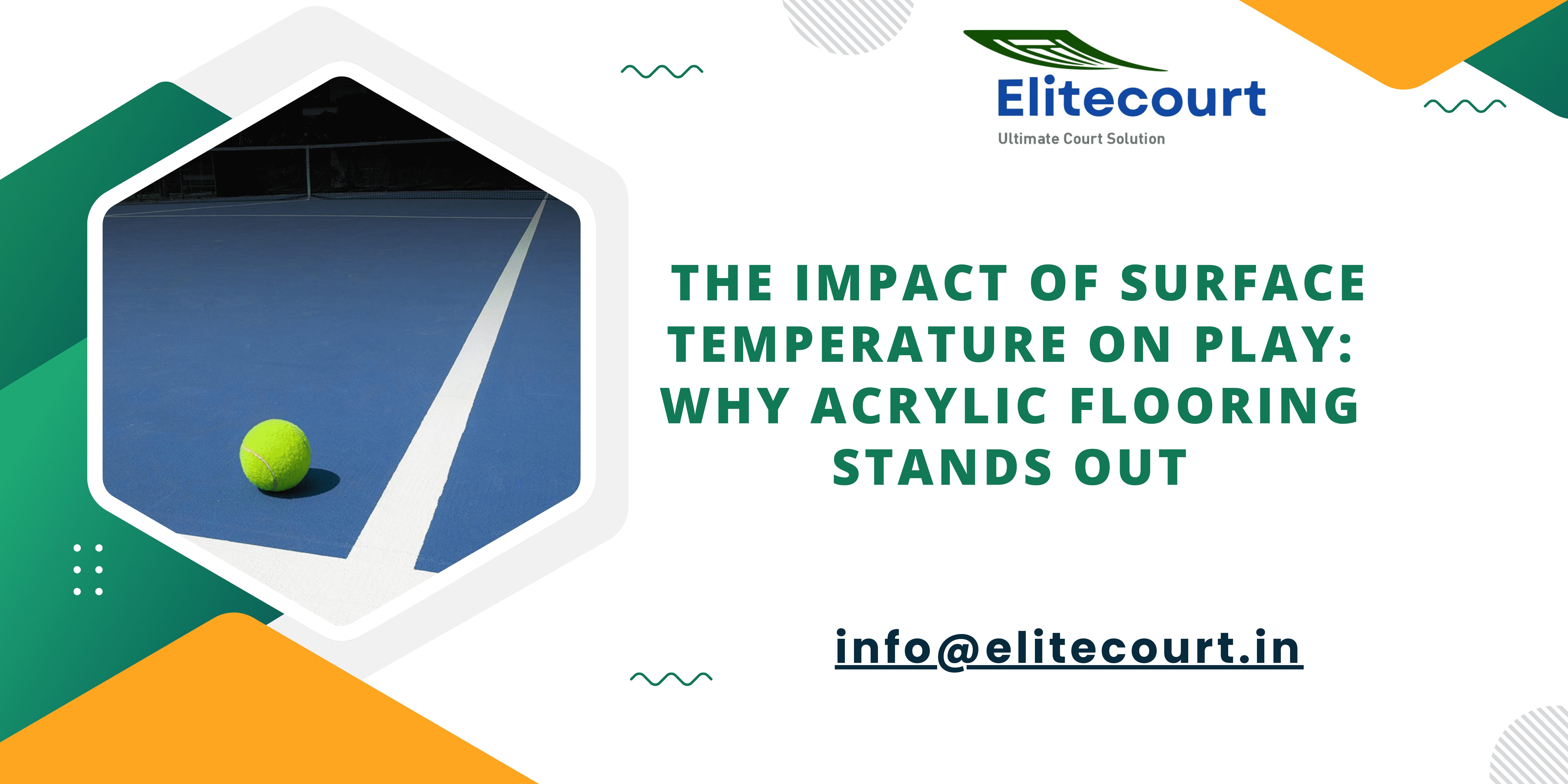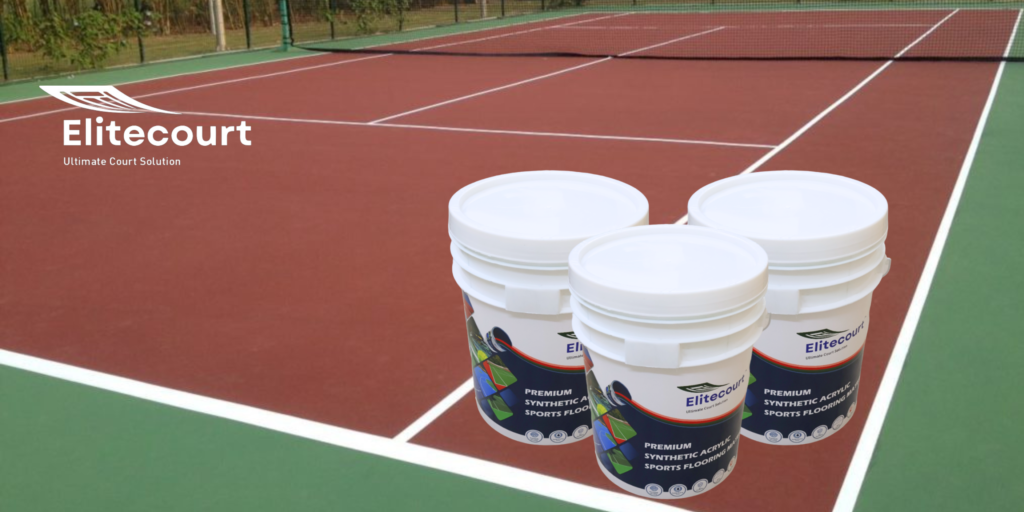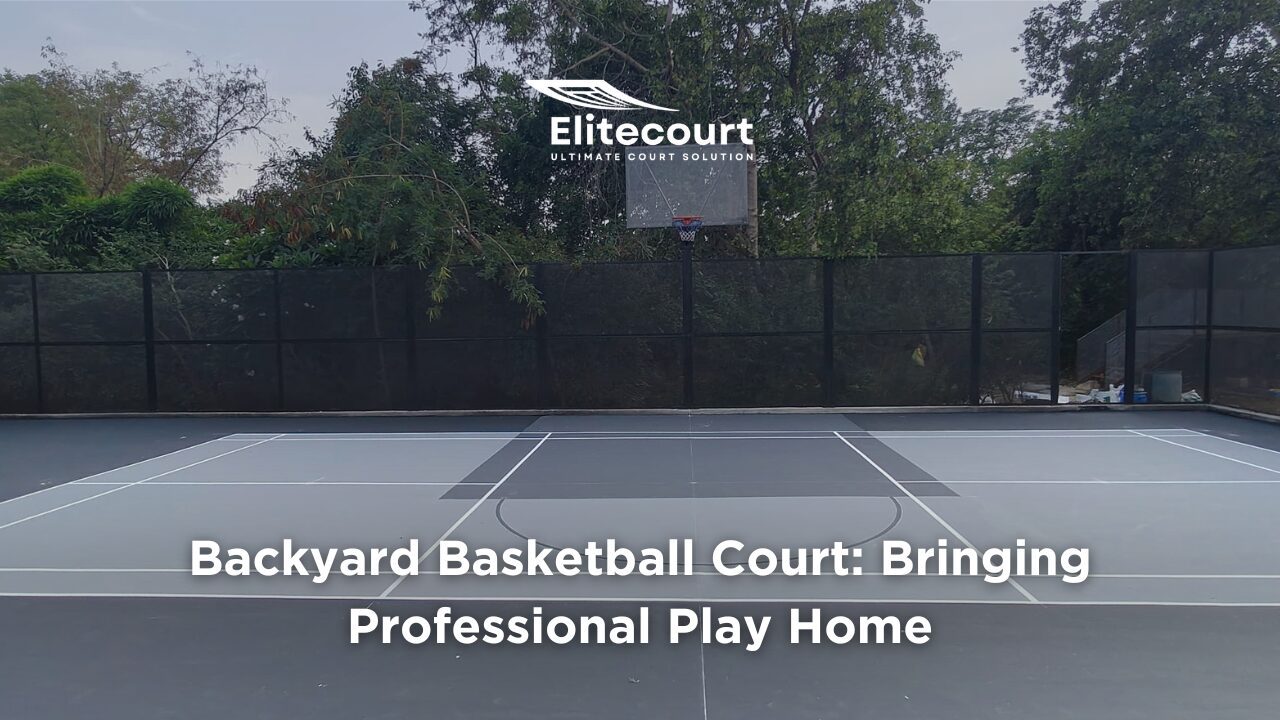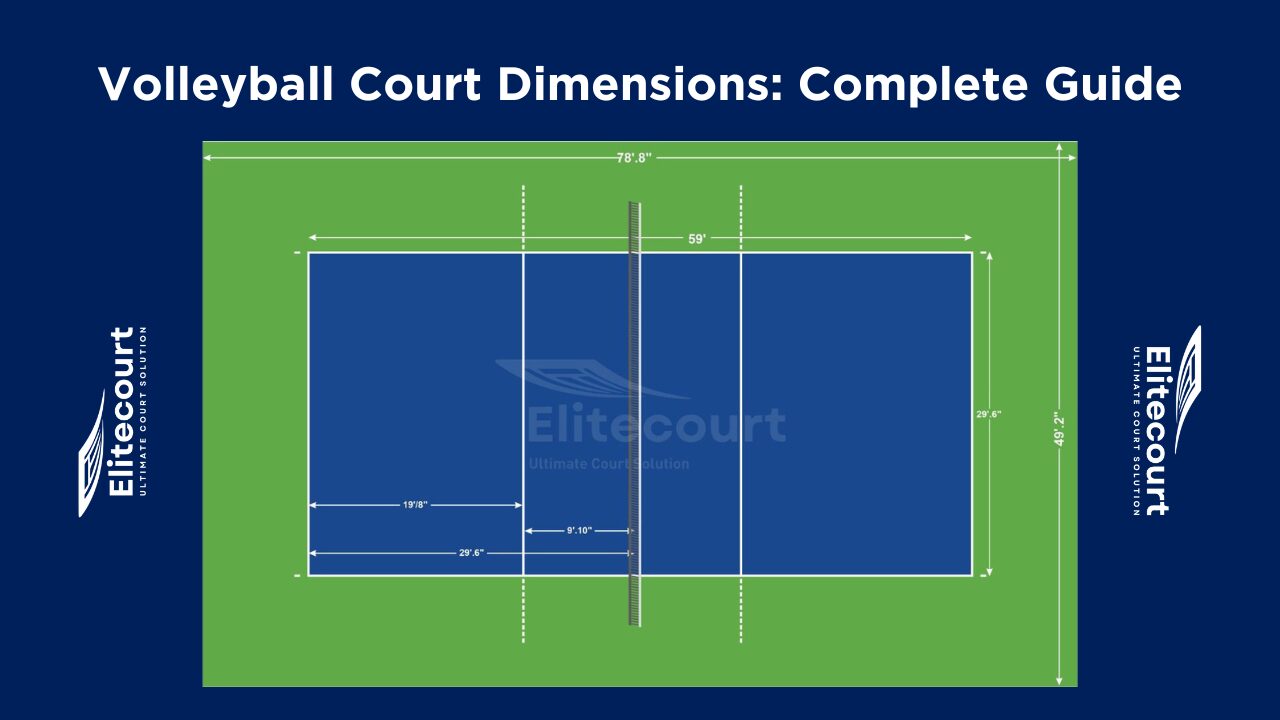The Impact of Surface Temperature on Play: Why Acrylic Flooring Stands Out

Table of Contents
When considering the ideal surface for sports, many factors come into play, such as traction, durability, and shock absorption. However, one crucial aspect often overlooked is the surface temperature of the court. This factor can greatly influence the performance and safety of athletes, particularly in outdoor sports. Among the various flooring materials available, acrylic flooring has emerged as a standout choice, particularly for its superior ability to maintain an optimal surface temperature. In this blog, we will delve into the intricate relationship between surface temperature and athletic performance and explain why acrylic flooring is the best choice for a variety of sporting environments.
The Role of Surface Temperature in Sports
Surface temperature refers to the heat retained and radiated by the playing surface, which can be significantly different from the ambient air temperature. This difference can impact players in several ways, affecting their comfort, performance, and risk of injury.
- Player Comfort and Fatigue: In hot climates, the surface temperature of courts can soar well above the air temperature, creating a sweltering environment. Players may experience accelerated fatigue, excessive sweating, and an increased risk of heat-related issues such as dehydration and heatstroke. Conversely, cold surfaces can cause discomfort, leading to stiff muscles and joints, which can impede movement and agility.
- Performance Dynamics: The temperature of the playing surface can also affect the behavior of the ball and the players’ footwear. On a hot surface, balls may bounce higher and faster, altering the game’s dynamics and requiring players to adjust their techniques. Cold surfaces, on the other hand, might reduce bounce and make the court feel less responsive, challenging players’ reflexes and timing.
- Injury Prevention: High surface temperatures can cause burns or blisters, especially during falls or slides. Low temperatures can increase the risk of muscle strains and sprains, as muscles tend to be less flexible when cold. Therefore, maintaining an optimal surface temperature is crucial for reducing the risk of injuries.

How Different Flooring Materials React to Temperature
Various flooring materials react differently to environmental temperatures, impacting the overall playing experience:
- Concrete: Known for its durability, concrete is often used in outdoor sports courts. However, it absorbs and retains heat, which can make it uncomfortably hot under direct sunlight. This can lead to a scorching surface, especially in summer, making it less ideal for prolonged play. Concrete can also become dangerously cold in lower temperatures, potentially leading to slips and falls.
- Asphalt: Similar to concrete, asphalt surfaces also tend to absorb heat, leading to high surface temperatures. While it’s a popular choice for outdoor courts, it can become excessively hot in sunny weather, which can be a significant drawback.
- Wooden Floors: Commonly used in indoor sports facilities, wooden floors can become cold in air-conditioned environments or during winter. This coldness can impact the comfort and performance of players, making it less than ideal for consistent use throughout the year.
- Polyurethane Flooring: Often used for indoor and outdoor courts, polyurethane offers good durability and traction. However, it can also become quite hot when exposed to sunlight, making it less comfortable for outdoor play during peak heat.
Why Acrylic Flooring Excels in Temperature Management
Acrylic flooring stands out due to its unique ability to manage surface temperature effectively. Unlike other materials that absorb and retain heat, acrylic flooring is designed to reflect sunlight and dissipate heat, keeping the surface cooler even under intense sun exposure. Here’s why acrylic flooring excels:
- Reflective Properties: The acrylic coatings used in sports flooring are engineered to reflect a significant portion of the sunlight, preventing the surface from becoming excessively hot. This ensures that the court remains comfortable to play on, even during the hottest parts of the day.
- Thermal Stability: Acrylic flooring materials have a lower thermal conductivity compared to concrete or asphalt. This means they do not absorb or radiate heat as intensely, resulting in a more stable and moderate surface temperature.
- Consistency Across Climates: Acrylic flooring performs consistently across different climates. Whether in a hot, tropical environment or a cooler, temperate zone, the surface temperature remains within an optimal range, providing a reliable playing surface year-round.
- Comfort in Various Conditions: The moderate surface temperature maintained by acrylic flooring ensures that players can perform at their best without the discomfort caused by extreme heat or cold. This not only improves performance but also enhances the overall playing experience, making acrylic flooring a favorite among athletes and facility managers alike.
The Benefits of Acrylic Flooring for Athletes
The ability of acrylic flooring to maintain an optimal surface temperature offers several significant benefits for athletes:
- Enhanced Performance: A stable surface temperature ensures that the court behaves predictably, allowing athletes to focus on their game without being distracted by discomfort or unexpected changes in ball behavior. This consistency can be particularly beneficial in competitive sports, where every detail counts.
- Reduced Risk of Injury: By maintaining a comfortable temperature, acrylic flooring helps reduce the risk of heat-related issues such as dehydration and heatstroke, as well as cold-related injuries like muscle strains. The surface also provides excellent traction, further contributing to injury prevention.
- Improved Endurance: Players are likely to experience less fatigue on an acrylic surface that remains cool and comfortable. This can lead to longer, more intense playing sessions, as athletes do not have to contend with the exhausting effects of heat or the stiffness caused by cold.
Ideal Applications of Acrylic Flooring
Acrylic flooring’s ability to maintain an optimal surface temperature makes it ideal for a wide range of sports applications:
- Outdoor Basketball and Tennis Courts: In outdoor settings, where surfaces are exposed to direct sunlight for extended periods, acrylic flooring ensures that the court remains cool and comfortable, even in the heat of summer. This makes it an excellent choice for basketball and tennis courts in warm climates.
- Multipurpose Sports Halls: Indoor sports facilities can benefit from acrylic flooring’s thermal stability, which helps maintain a moderate temperature even in air-conditioned environments. This versatility makes it suitable for various sports, from volleyball to badminton.
- Community Sports Centers: Acrylic flooring is also a great option for community sports centers, where it can be used for both indoor and outdoor courts. Its ability to maintain a stable temperature and provide a safe, comfortable surface ensures that it meets the needs of diverse user groups.
Conclusion
Surface temperature is a critical factor in sports flooring that can have a profound impact on player performance, comfort, and safety. Acrylic flooring, with its superior ability to maintain an optimal surface temperature, stands out as the best choice for both indoor and outdoor sports courts. By choosing acrylic flooring, facility managers and athletes alike can ensure that they are playing on a surface that not only enhances performance but also prioritizes player well-being. Whether for competitive sports or recreational play, acrylic flooring by Elitecourt offers a reliable, comfortable, and safe surface that truly makes a difference in the game.








